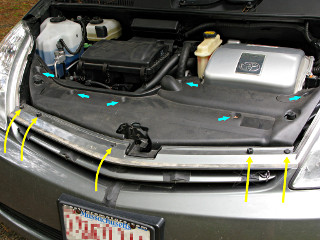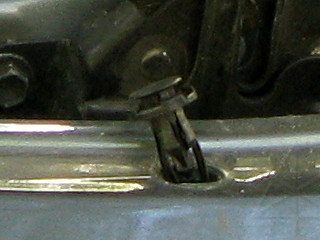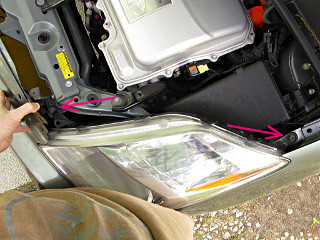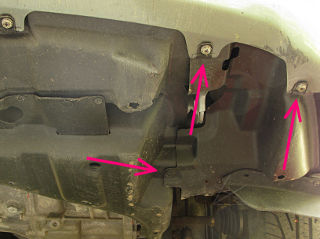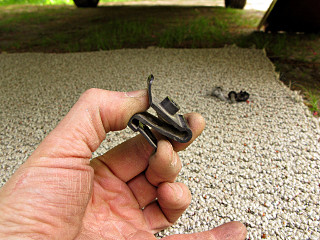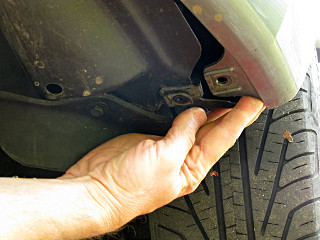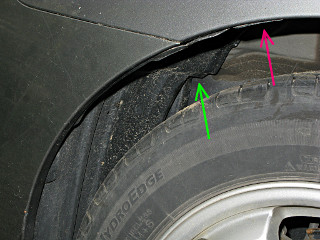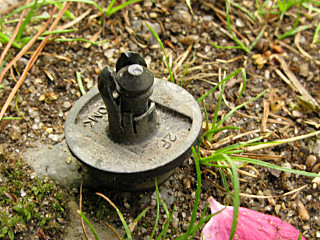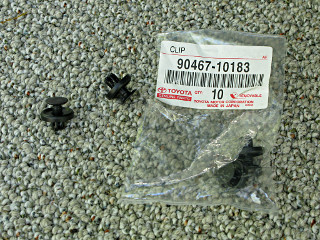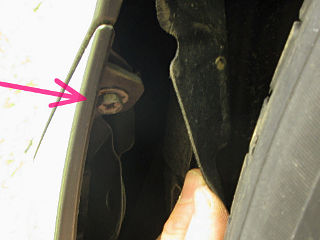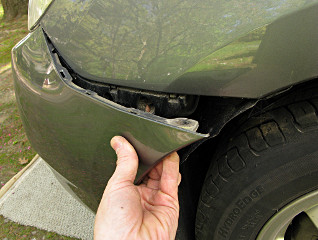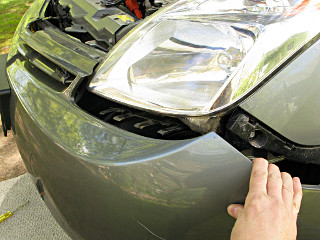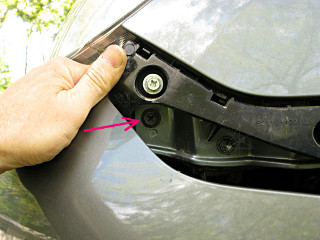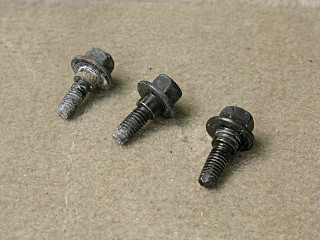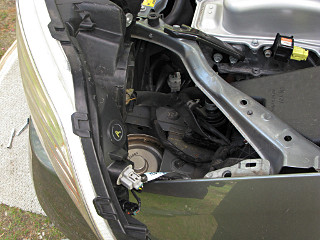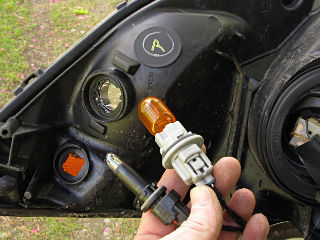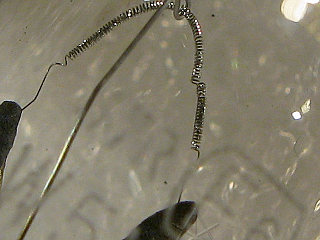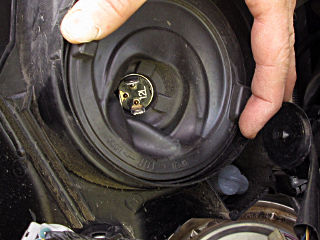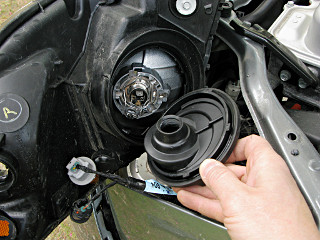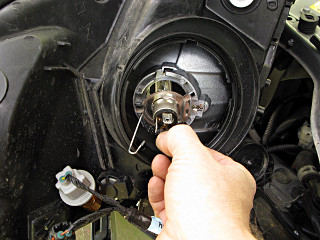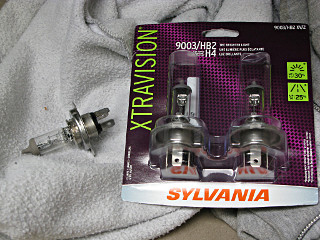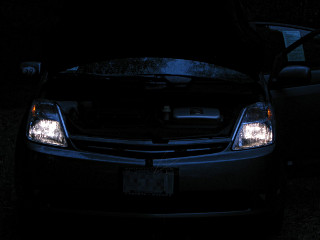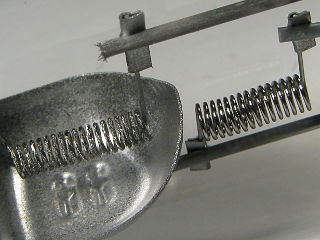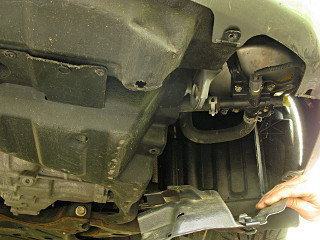
|
With the front edge of the fender-liner now freed up, it can be bent downward
to expose the coolant storage thermos.
If this was a steel piece like back in the old days, the entire thing would
likely have to be removed, probably meaning removing the wheel and some
other parts first. That's why mechanics love this plastic stuff -- it makes
quick access like this possible. Of course the fender-liner *can* be
completely removed with a little more work, as shown
here, but we
don't need to in this effort.
[Although I'm sure there were more than a few garage guys who would bend aside
steel parts with impunity and just mangle 'em back into place afterward,
figuring the customers would never notice a few odd kinks and wrinkles in
parts of a car they never ducked under and looked at.]
|
